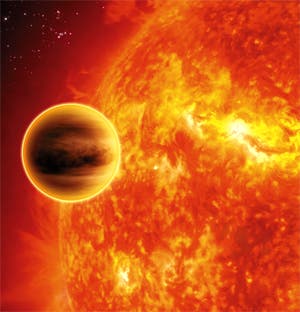Browsing: Jupiter
Europa produces about 100 times less oxygen than previously estimated.
Europa produces about 100 times less oxygen than previously estimated.
Since it was first discovered more than four hundred years ago by Galileo Galilei, Jupiter’s innermost moon Io has played an important part in the development of astronomy. Still with secrets to be revealed, a team of US scientists have recently formulated the first complete global geologic map of Jupiter’s satellite. The moon of Io is […]
Gas giants might just be the most whimsical planets of all: they don’t just settle at any old point on the orbit – instead, they only choose certain regions and stay clear of others – at least according to a new supercomputer simulation. A new study recently revealed that the orbital deserts and pile-ups caused […]
It’s really not too late to catch the spectacular show offered by Venus and Jupiter; on Monday and Tuesday evening, the two planets will appear in the sky at a distance of only three degrees – a distance which has been narrowing since early March, and is now reaching its minimum values. The two planets […]
Yesterday, NASA held a press briefing where scientists involved in a recently published study, of intense consequences to the scientific community, and people looking for signs of extraterestrial life alike, discussed how Jupiter’s icy satellite has great chances of fostering life in the warm oceans beneath its surface. Europa’s surface is covered in a […]
Europa, the icy satellite of Jupiter, is covered in a thick crust of scarred and cross-hatched ice. Missions to Europa, which is comparable in size to Earth’s own moon, by NASA‘s Galileo spacecraft have brought back measurements which indicate the crust is tens of kilometers thick, however under it lies a warm ocean as far as […]
There are few more dazzling sights in the world than that of the great Norther Lights, and in a exercise of brilliant imagination scientists have depicted how an aurorae would look like on huge hot planets. Scientists ran computer models of so-called “hot-Jupiters” placed in close proximity to a sun (a few millions miles away, […]
Since 1995, over 500 planets that don’t orbit our Sun have been discovered, with the numbers increasing more and more in the past years. But only recently did astrophysicists observe that in some of these cases, the star seems to be spinning in one direction, and the planet orbits it in the totally opposite direction […]
Keep updated
Get the latest creative news from FooBar about art, design and business.





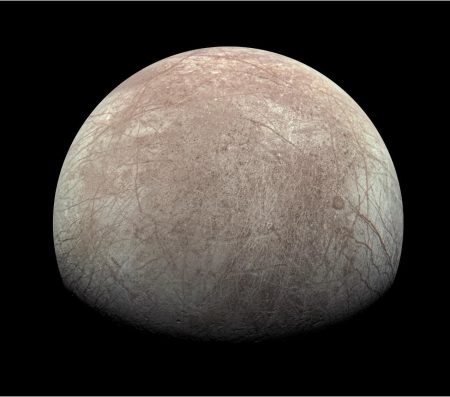
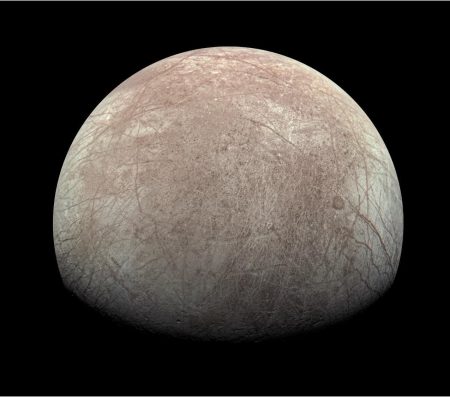
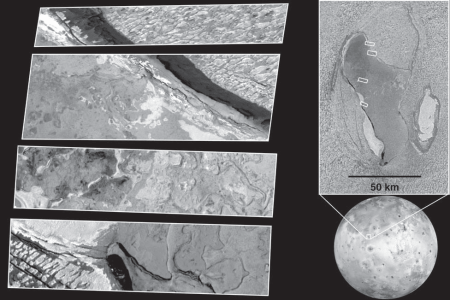
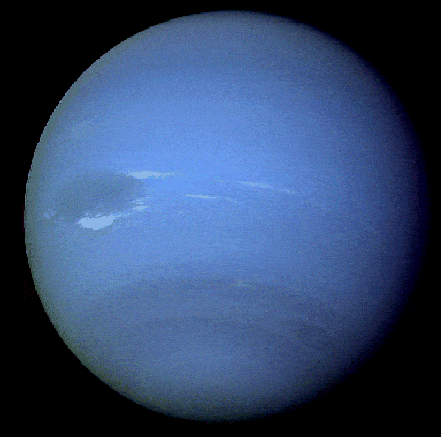
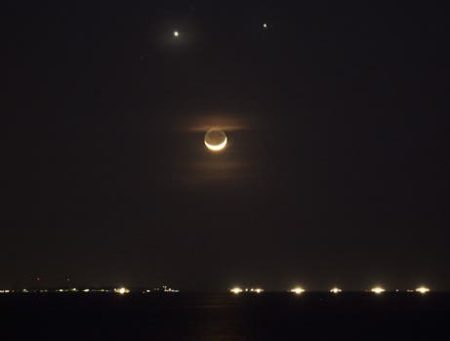
![[UPDATE] Europa is filled with shallow lakes under its surface. High chances of life – 201111europa. jupiter](https://www.plazajournal.com/wp-content/uploads/2024/02/201111europa.-jupiter.jpg)
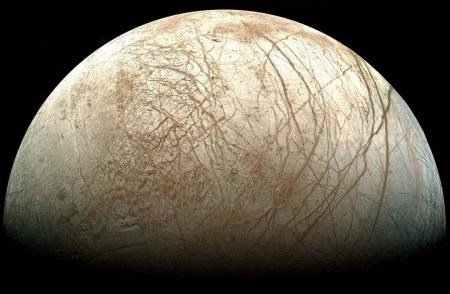
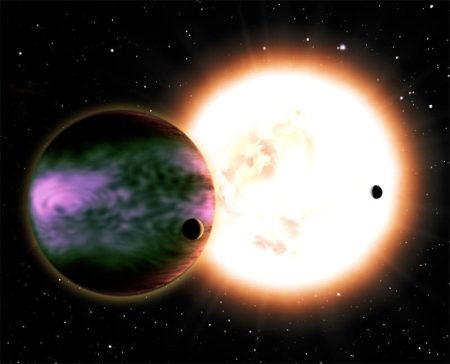
![Jupiter and the Earth [pic] – 201106earth jupiter](https://www.plazajournal.com/wp-content/uploads/2024/02/201106earth-jupiter-450x346.jpg)
